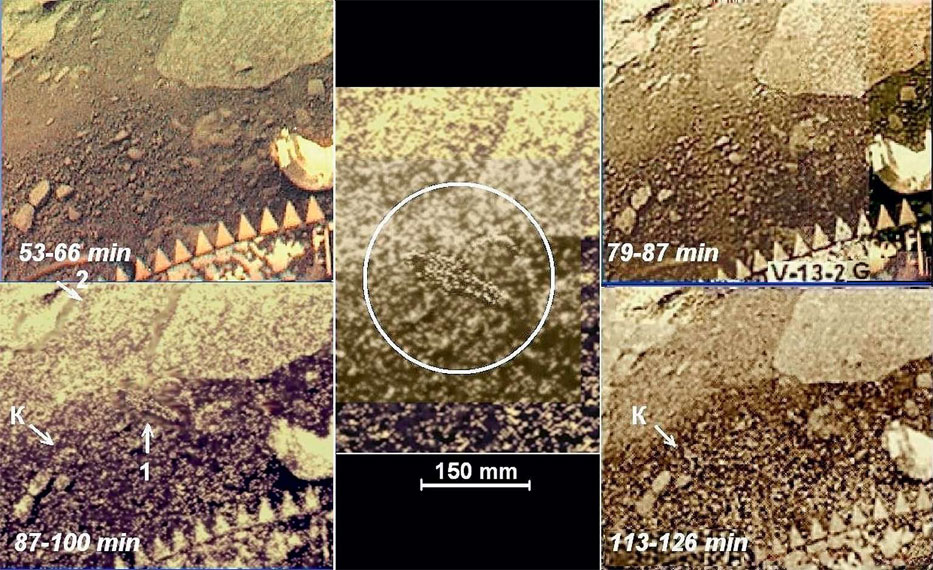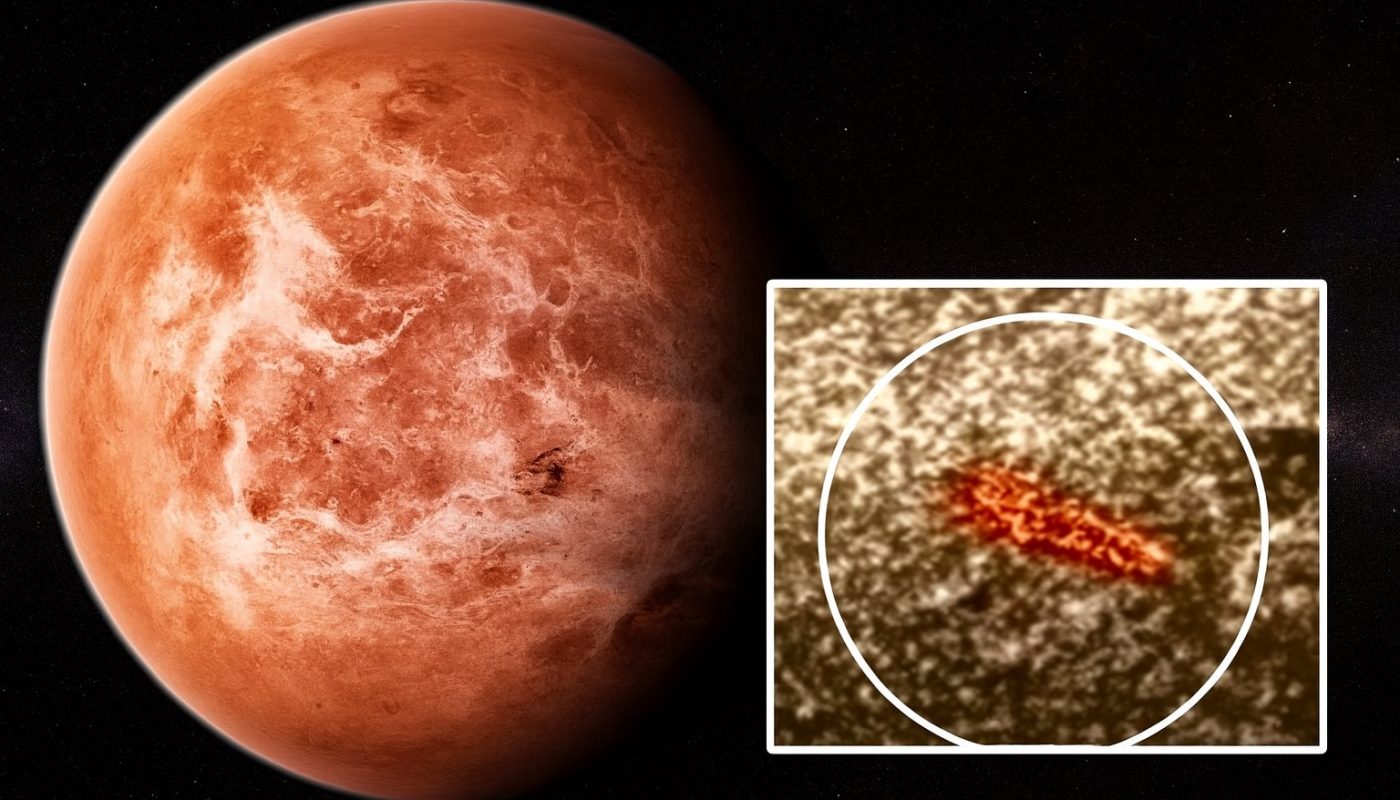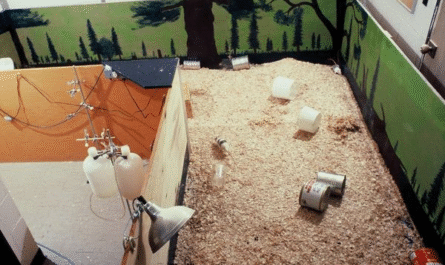Leonid Ksanfomaliti, a distinguished Russian planetary scientist and astrophysicist, devoted his career to exploring the Solar System — especially the planet Venus. Working at the Soviet Space Research Institute, he became one of the leading scientists behind the USSR’s bold Venus missions. Among his most intriguing and debated ideas was the claim that images from a Soviet probe might show signs of life on Venus’s surface.
The Soviet Exploration of Venus and the Venera-13 Mission
The Soviet Union led the global effort to study Venus. Beginning in the 1960s, it launched several missions that landed probes on the planet. The most successful, Venera-13, touched down on March 1, 1982, and operated for 127 minutes. This achievement demonstrated Soviet engineering strength because Venus’s environment is extremely hostile — surface temperatures rise to 457°C (855°F), and the pressure is 90 times greater than Earth’s.
Venera-13 captured multiple panoramic photographs, transmitted data about the atmosphere and surface composition, and even recorded the first sounds from another planet. These discoveries revealed new details about Venus’s chemistry, geology, and atmosphere.
Ksanfomaliti’s Hypothesis of Life on Venus
In 2012, Ksanfomaliti published an analysis in the journal Solar System Research based on Venera-13’s images. He argued that several objects visible in the photos might represent living organisms. He focused on three shapes:
- “The Disk” – a round object that appeared to move between frames.
- “The Black Flap” – a formation that seemed to shift or cast a moving shadow.
- “The Scorpion” – a structure resembling an arthropod, which looked as if it changed position.
Ksanfomaliti suggested that these changes could indicate motion and therefore potential life — a bold statement considering Venus’s extreme heat and pressure.
Scientific Reactions and Skeptical Views
Ksanfomaliti’s theory quickly attracted attention but also strong criticism. Most researchers proposed more ordinary explanations. They pointed out that the “disk” probably came from the probe’s lens cap, the “flap” resulted from camera noise, and the “scorpion” reflected shadows and heat distortions. Others noted that Venus’s brutal environment makes biological activity nearly impossible.
NASA scientists emphasized that no known organism could survive on the surface, where metal would melt within minutes. Some researchers, however, acknowledged that microbial life might exist in the upper atmosphere, where temperatures and pressure are more moderate.
Renewed Debate: The Phosphine Discovery
In 2020, a team of astronomers reignited global curiosity by detecting phosphine gas in Venus’s atmosphere. On Earth, this gas usually forms through biological processes, so its presence sparked new discussions about possible life. Yet later studies questioned the results, suggesting the data could have been misinterpreted or explained by volcanic or chemical reactions instead.
Ksanfomaliti’s Legacy and Future Exploration
Although the scientific community rejected his conclusions, Ksanfomaliti inspired new generations of planetary scientists to think beyond conventional limits. His curiosity and courage encouraged others to ask difficult questions about the nature of life in extreme environments.
Upcoming missions — such as NASA’s VERITAS and DAVINCI+, and Russia’s Venera-D project — aim to explore Venus in greater depth. These expeditions may finally clarify whether Venus ever supported life.
For now, no evidence confirms that life exists on Venus, but the search continues. Ksanfomaliti’s vision reminds us that scientific progress often begins with daring ideas and the willingness to challenge accepted beliefs.




